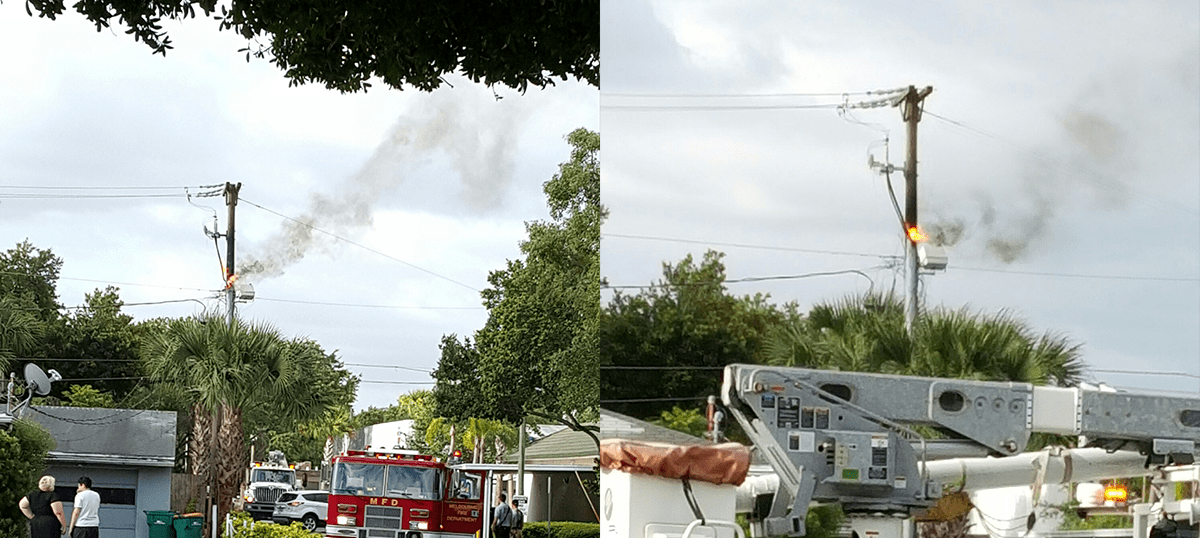
Hurricanes, meals ready to eat (MREs) and 24-hour media blitzes—that’s what comes to mind every year at this time. Engraved on my brain are the words: June is the start of hurricane season. From September 11 to Katrina, my social and professional life circulated around disasters. The Weather Channel was my personal scheduler. That’s the job description for an American Red Cross spokesperson. I loved it.
Despite years of spouting “preparation” messages on TV, radio and in print, it hasn’t sunk in for many businesses and organizations. FEMA estimates that 40 percent of businesses don’t bounce back after a disaster and many are not prepared for an incident. And by prepared, they generally mean a Disaster Recovery (DR) plan.
I get it. Hell, I worked for both the Red Cross and FEMA, and despite the daily reminders, I personally do not have an emergency supplies kit, a home evacuation plan or even a fire extinguisher. I can hear the screams on the last item…I’m getting a few this weekend.
So why am I sharing my warts? Because studies show that people are more apt to act if they know someone who has been affected by a disaster…or after it happens to them. I don’t recommend the latter, so I’m sharing what happened to our firm not too long ago…
A transformer caught fire outside our MainSpring Support Centre in Florida. Nobody was hurt, but it took down the support system for a few thousand workers and businesses who rely on our team daily. Fortunately, we had a DR plan in place to respond.
We pulled out our playbook, consisting of processes and procedures for each team and stakeholder. Within minutes, we were able to account for the safety of all personnel and key assets, mobilized our teams to pre-set locations to get back to work and alerted local responders to address the incident. Let me repeat that…it took minutes, not hours.
So, what’s the big deal with disaster recovery?
According to the Small Business Association (SBA), small businesses (SMBs) average losses of $3,000 per day in the wake of a disaster. Symantec conducted a study that found the median cost for SMBs for just IT downtime alone is $12,500. It’s worth noting that this doesn’t include the cost of recovering lost data, loss in customer satisfaction or retention, legal fees and insurance premiums.
According to Forbes, businesses and organizations aren’t paying enough attention to the threat of a natural disaster, which they’ve listed in their top ten global business risks in 2019. So why do studies show that 40 percent of business leaders are not prioritizing preparedness and that 70 percent of SMBs still don’t have a plan?
Because we’re focused on other things. Not all of us are candidates for National Geographic’s Doomsday Preppers show, stockpiling supplies in an underground safe room. We’re waiting for it to hit close to home. The reality is, though, that most of us won’t start preparing until something happens to us or to someone we know.
Well, now you know someone. I encourage you to put plans in place now—even if it’s a draft—to secure your people, your business and peace of mind. Reduce your risk, save yourself money and make use of the technology and processes around you to simplify your response during times of chaos. As we used to say at the Red Cross, there’s no such thing as a small disaster. Disasters of any size can be equally devastating—preparation is often the difference.
…Now excuse me while I peer pressure myself into getting a fire extinguisher for my home.
Implementing a Disaster Recovery plan
With the right assessments, you can find out where your organization might be vulnerable and what resources you have available. This will enable you to customize a Disaster Recovery plan to suit your organization’s needs.
To get started, fill out this quick form and let us know what your organization is interested in implementing.

